5 Smart Money Moves Before Tariffs Hit Your Wallet Hard
Tariffs might seem like something out of a policy debate, but when your grocery costs spike or your favorite gadgets get more expensive, it gets personal real fast. These behind-the-scenes taxes on imported goods can mess with everything. Here’s how to keep your finances steady when tariffs threaten to throw them off balance.
Stock Up Before Prices Jump

Credit: freepik
Imported essentials like coffee and olive oil are the first to feel the squeeze when tariffs go into effect. Buying them in bulk now means you’re paying today’s prices instead of next month’s higher ones. Look for warehouse club deals or BOGO sales while supply chains are still stable and flowing.
Refinance Debt While Rates Are Still Low
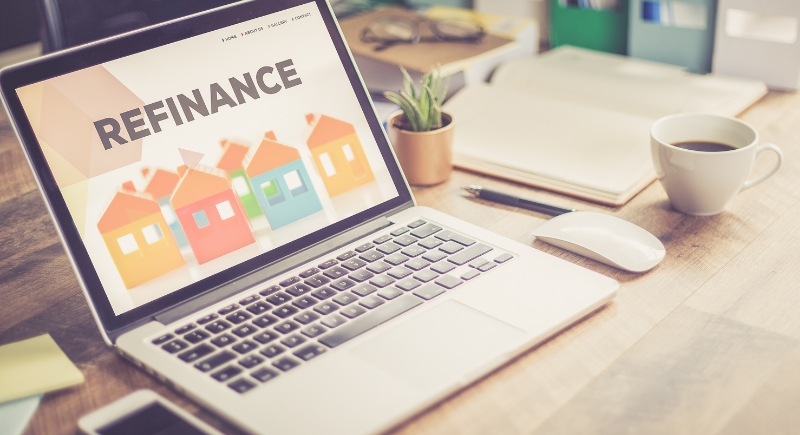
Credit: Getty Images
When inflation kicks in, so do interest rates. That credit card debt or adjustable-rate loan could suddenly become a lot more expensive. Refinancing now into a fixed-rate option may spare you from future hikes and leave more in your pocket. Don’t wait until the market gets shaky.
Build a Cash Buffer That Works When You Can’t
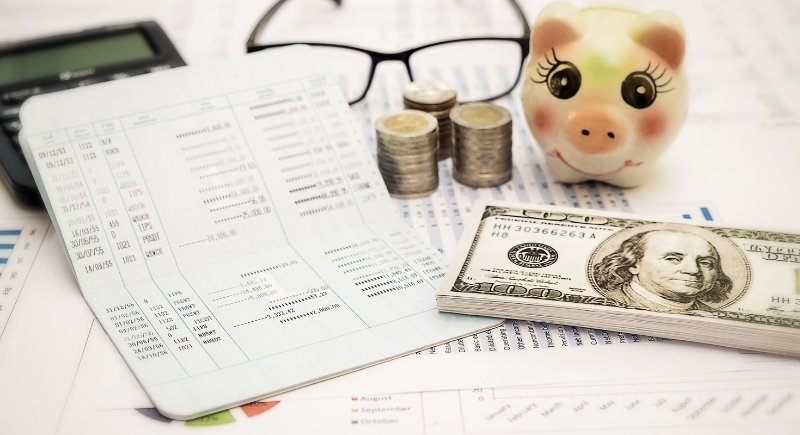
Credit: Canva
Layoffs tend to follow cost increases, especially in import-heavy industries like retail and manufacturing. Having an emergency fund might be what separates financial stress from stability. Set up a high-yield savings account and funnel any extra income into it. Even $25 a week adds up.
Think Long-Term with a Gold IRA
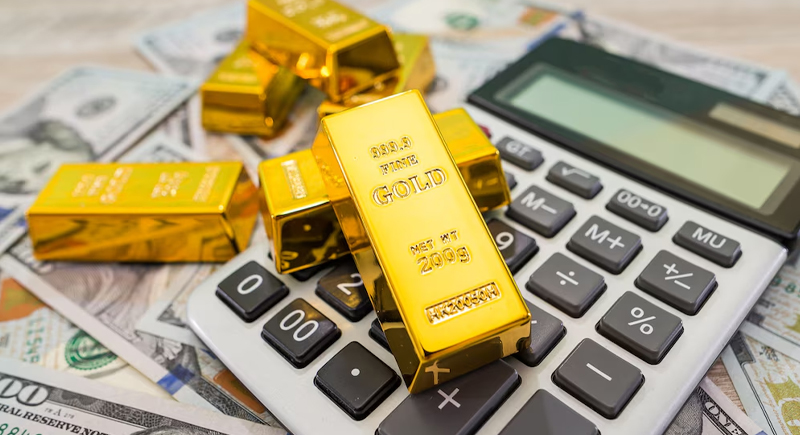
Credit: freepik
Gold has been a classic hedge against inflation for a reason. If you’re nervous about your 401(k) shrinking or market instability from global trade wars, consider a gold-backed retirement account. It adds diversification and has historically weathered economic shakeups better than many traditional investments.
Buy Used or Refurbished on Big Items
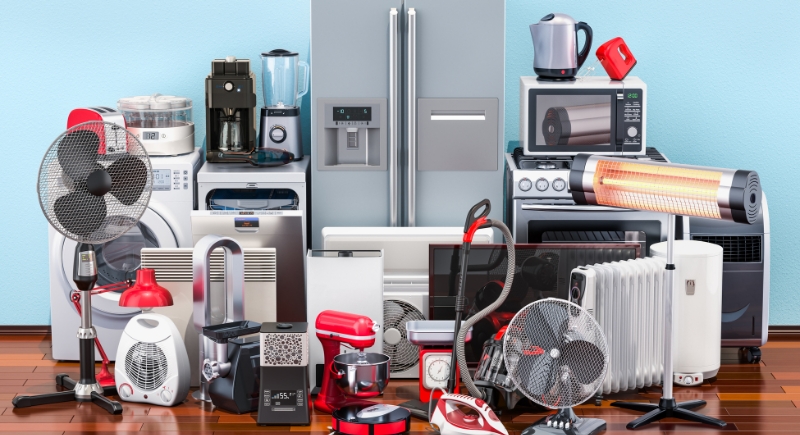
Credit: Canva
New furniture, electronics, and appliances are often hit hardest by tariffs. Buying secondhand tech or furniture keeps costs low without sacrificing function. It can save you 20–40%, and you’re less likely to feel the pinch if tariff costs jump overnight.
Avoid Shrinkflation by Reading the Fine Print

Credit: Getty Images
Products shrinking in size but not in price? Shrinkflation quietly reduces product size while prices stay the same. Compare unit prices on groceries and household staples to make sure you’re getting the best deal. Keep a list of go-to items and track their weights and volumes to catch when companies quietly shortchange you.
Side Hustles Can Soften the Blow
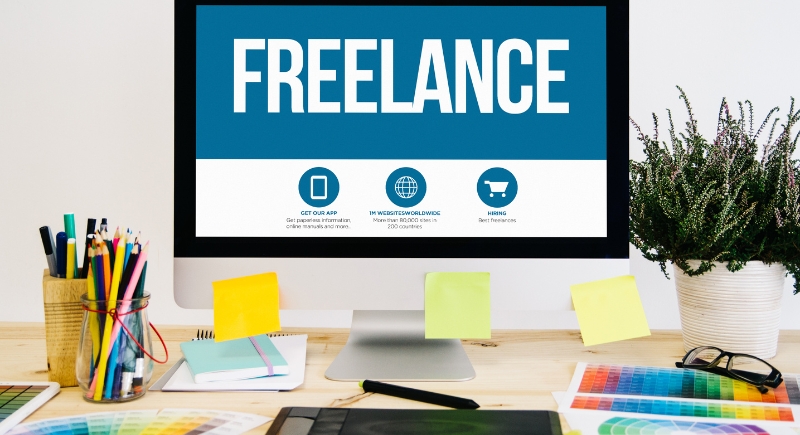
Credit: Getty Images
Dog walking, freelance design, and selling on Etsy are just some small side hustles that add breathing room when costs rise. It doesn’t need to be a full-time grind. Even an extra $100 a week can cover your grocery markup.
Watch the News, Then Make Your Move

Credit: flickr
Tariffs don’t pop up overnight. They’re usually announced before they take effect. Follow economic updates from Bloomberg or similar sources. If tariffs are about to hit imported electronics, you’ll know it’s time to grab that new laptop or phone sooner rather than later.
Negotiate Everything You Can

Credit: Canva
From cars to appliances, sellers often expect you to haggle, especially if their inventory might be affected by tariffs. Ask for price breaks, bonus add-ons, or discounts. A polite ask can save hundreds, especially when retailers want to move stock before supply chain costs creep in.
Use Cash Back and Rewards to Balance Costs
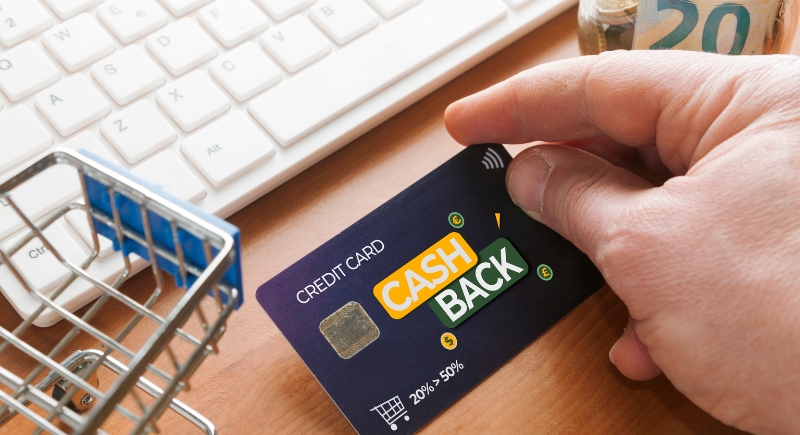
Credit: Canva
Every dollar spent on a tariff-affected item can work a little harder when you stack rewards. Use a 3–5% cash back credit card at places where tariffs are likely to hit hardest, like grocery stores or gas stations. Over time, that adds up to real savings.
Compare Insurance and Subscription Services
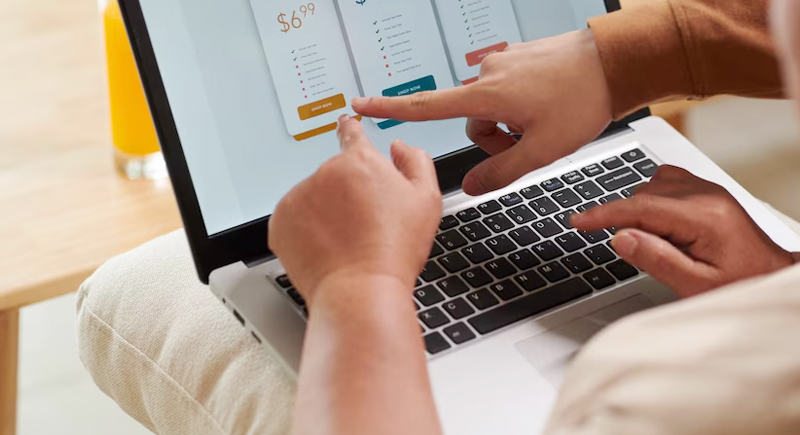
Credit: freepik
Prices are not just rising in stores because insurance and recurring bills can sneak up, too. Use comparison tools to shop for cheaper car, renters, or home insurance. Even shaving $30 off your monthly bills helps offset tariff-driven inflation without changing your lifestyle or dropping essentials.
Delay Big Purchases if You Can Wait

Credit: pexels
Tariff-driven price hikes can sometimes calm down over time. If you’re eyeing a new fridge or car and it’s not urgent, consider waiting 6 to 12 months. Prices might drop as competitors adjust and buyers push back. Time can be a great bargaining chip when everyone’s making a deal.
Buy Local When It Comes to Food

Credit: Canva
Imported cheeses, fruits, or seafood can be particularly vulnerable, but local alternatives often remain steady. Farmers’ markets and regional producers aren’t as tied to global trade routes. A local apple, for example, might be 30 cents cheaper per pound than an imported one after a tariff kicks in.
Skip Bank Fees and Keep More of What’s Yours
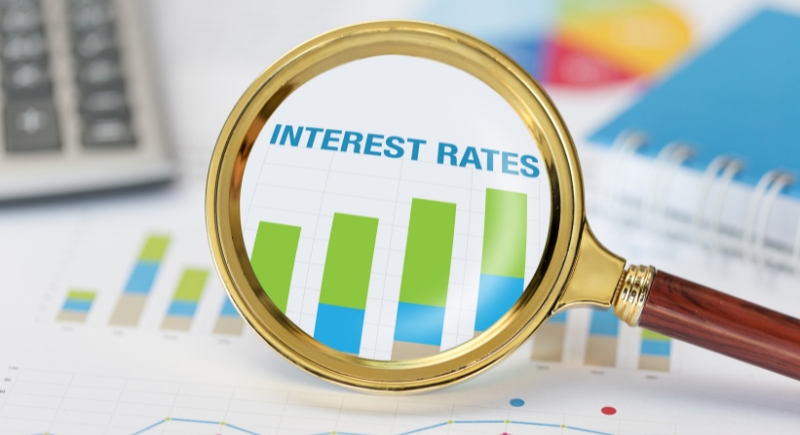
Credit: Getty Images
Monthly fees, ATM charges, and overdraft penalties can slowly drain your wallet. Switching to a no-fee checking account or a high-interest savings account can free up cash to handle rising prices elsewhere. If you’re paying your bank just to hold your money, it’s time for a change.